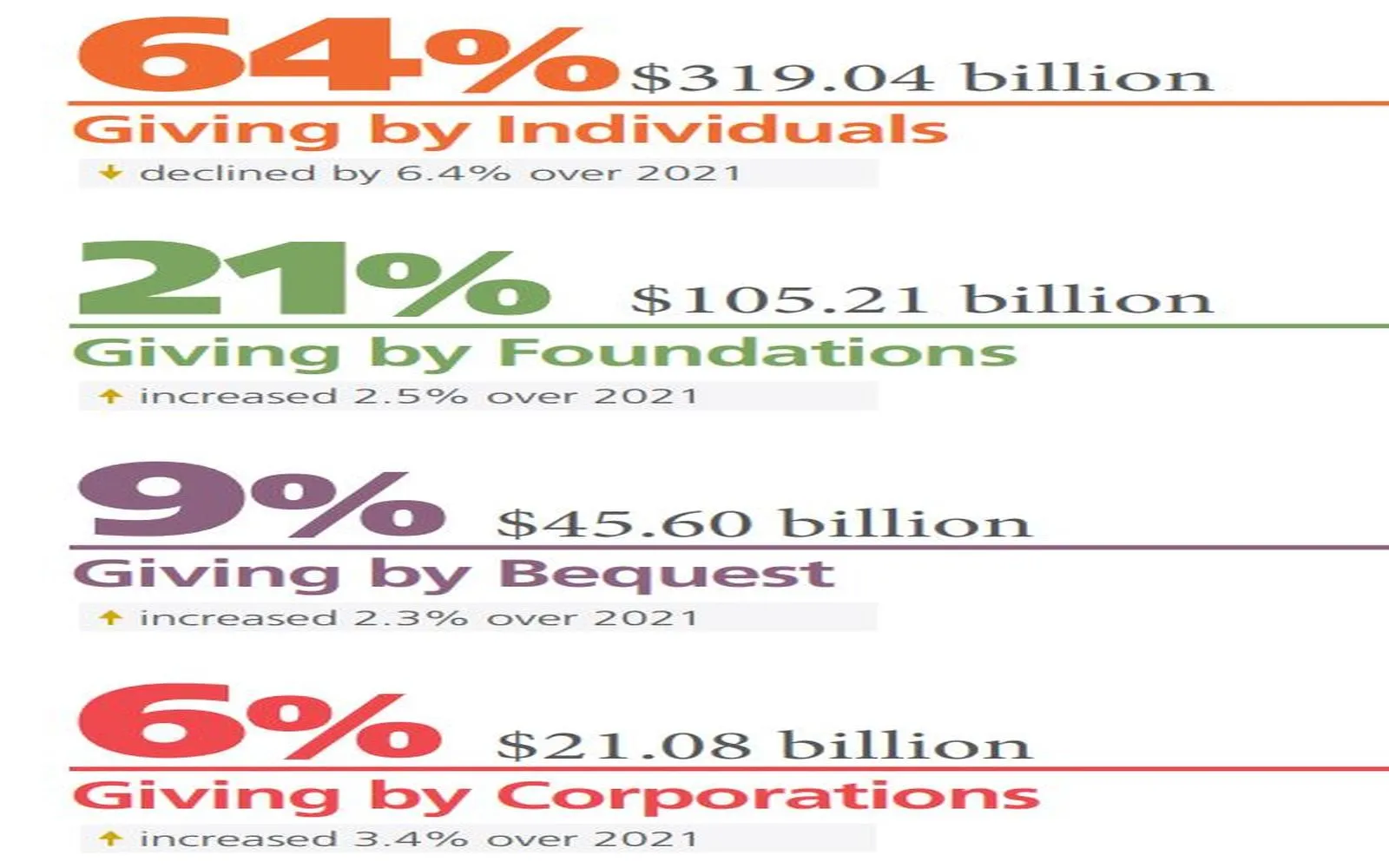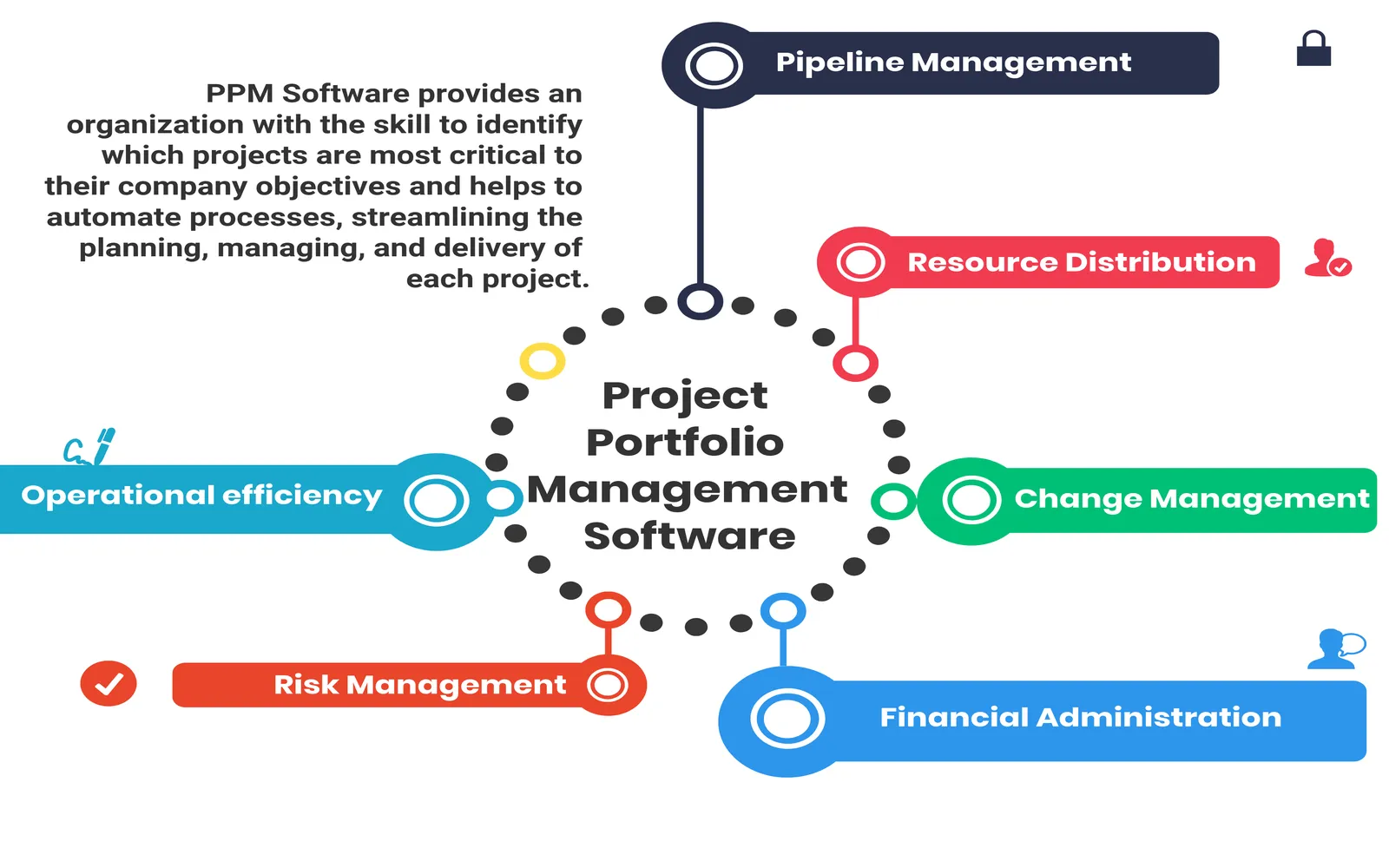Donating in the USA: A Comprehensive Guide
In the United States, philanthropy plays a significant role in supporting communities, nonprofits, and causes that aim to better society. Charitable donations come in various forms, from direct financial contributions to in-kind donations like goods and services. This article explores the importance of donating in the USA, different ways to donate, the benefits of charitable giving, and how donations are used effectively.
The Importance of Donating in the USA
Charitable donations are essential to the functioning of many organizations that provide social services, education, healthcare, and disaster relief. According to Giving USA, in 2020, Americans donated approximately $471 billion to charity. This shows a strong culture of giving, as donations help bridge gaps where government funding or private investments may not suffice.
Donating also plays a crucial role in alleviating poverty, funding scientific research, and fostering cultural and educational institutions. Beyond material support, donations empower individuals and communities to address systemic issues like homelessness, inequality, and access to healthcare.
Types of Donations in the USA
Donations in the USA can be categorized in various ways. Below is a breakdown of the most common donation types:
| Type of Donation | Description |
|---|---|
| Monetary Donations | Cash contributions to nonprofits or charitable organizations. |
| In-Kind Donations | Donating goods or services instead of money. Common examples include food, clothing, or professional services. |
| Volunteer Time | Volunteering personal time to support a cause. Many organizations rely on volunteers for operational assistance. |
| Corporate Donations | Businesses often make monetary contributions or donate products or services to charity. |
| Planned Giving | Donations made as part of a long-term estate plan, often in the form of bequests. |
| Online Fundraising | Donations made through online platforms like GoFundMe, Kickstarter, or charity-specific websites. |
How Donations Are Used
The effectiveness of a donation often depends on how it is used. While monetary donations are straightforward, in-kind donations or volunteer work can be more complicated to distribute effectively. Here’s a look at how donations are typically allocated by nonprofits:
| Donation Type | Usage |
|---|---|
| Monetary Donations | These funds typically support operating expenses, salaries, programs, or projects of the organization. |
| In-Kind Donations | Goods and services are distributed to those in need, or they may be sold to raise funds for the nonprofit. |
| Volunteer Time | Volunteers are assigned to work on programs, assisting with administration, outreach, or event management. |
| Corporate Donations | Businesses may support specific campaigns or provide resources like event sponsorships or product donations. |
| Planned Giving | These funds are used to sustain the nonprofit long-term or fund specialized programs. |
The Benefits of Donating
- Tax Deductions: One of the significant benefits of donating to a charity in the USA is the potential for tax deductions. Donors can claim a charitable contribution deduction on their income taxes, which can reduce their taxable income. However, not all donations are tax-deductible, and there are specific guidelines on which organizations qualify. The IRS provides a database, "Tax Exempt Organization Search," for verification.
- Supporting Causes Close to Heart: Donating allows individuals to support causes they care deeply about, from environmental conservation to healthcare research. By choosing where to donate, individuals can have a direct impact on issues they feel passionate about.
- Fostering a Culture of Giving: Donations help create a culture of philanthropy that benefits society as a whole. Regular donations and volunteer work inspire others to give back as well, making a collective effort toward positive change.
- Building Personal Connections: For many, donating is a deeply personal experience that fosters a connection with the cause or community they support. Whether it's through volunteering or working with nonprofit organizations, donors often gain a sense of fulfillment and personal growth.
How to Choose the Right Charity
Choosing where to donate can sometimes be overwhelming given the sheer number of organizations in need. It’s important to ensure that your donation is going to a trustworthy and impactful organization. Here are a few tips to guide your decision:
- Research the Organization: Use resources like Charity Navigator or GuideStar to verify the financial health and credibility of the nonprofit.
- Understand Their Programs: Read up on what programs the nonprofit runs and how donations are utilized. Ensure that your contribution will directly support your intended cause.
- Check for Transparency: Look for nonprofits that share regular financial reports and updates on how donations are spent.
Conclusion
Donating in the USA is a powerful tool that enables individuals, businesses, and communities to make a tangible difference. Whether it’s through money, goods, or time, each donation plays a role in improving society. By understanding the types of donations, how they are used, and the benefits of giving, individuals can make informed decisions that align with their values and help create a better world.
While the donation process can seem overwhelming at times, taking the time to research and donate to trusted organizations ensures that your contribution is impactful. In the end, whether big or small, every act of giving counts.
Explore

Donating in the USA: A Guide to Giving Back

Best Health Insurance in the USA: A Comprehensive Guide

The Best Internet Business Phone Systems: A Comprehensive Guide

How to Find a Good Slip and Fall Lawyer: A Comprehensive Guide

Tax Debt Relief Service: A Comprehensive Guide to Managing Your Tax Debt

Understanding Structured Settlement Annuities: A Comprehensive Guide

Best Project Portfolio Management Software: A Comprehensive Guide

How to Choose the Right Divorce Attorney: A Comprehensive Guide
